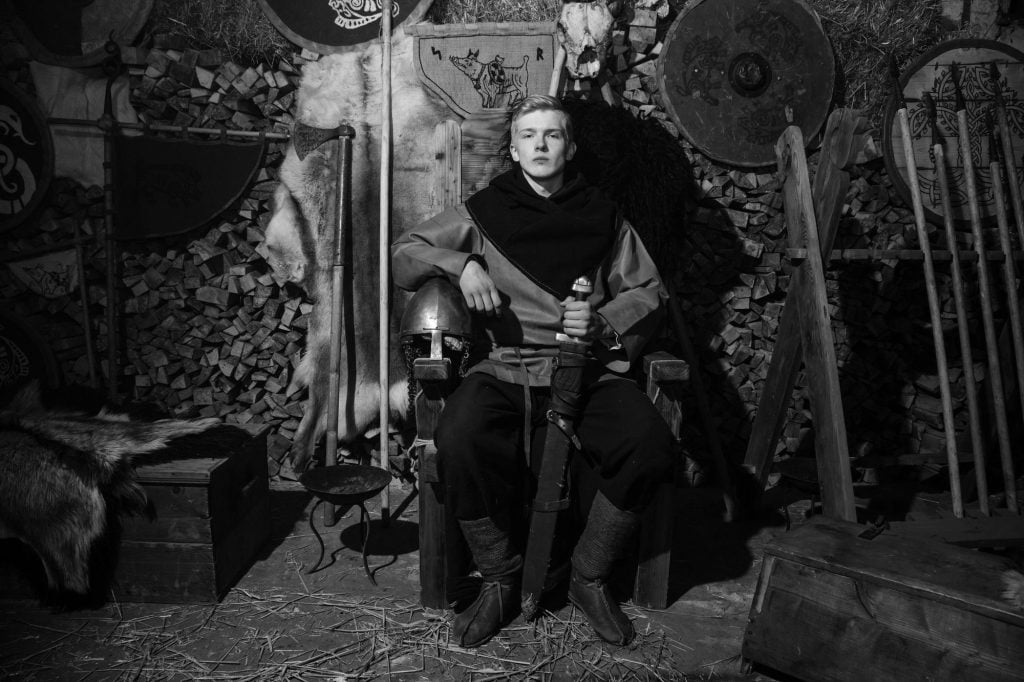From ancient civilizations to modern fashion runways, the evolution of leather from raw skins to stylish jackets is a captivating journey through time. The history of leather jackets is a testament to the enduring appeal and practicality of this timeless garment.
The roots of leather as a material for clothing can be traced back to the earliest human societies. In prehistoric times, our ancestors used animal hides for protection and warmth, crafting crude garments from the skins of the animals they hunted. As civilizations developed, so did the techniques for tanning and processing leather, leading to the creation of more sophisticated and durable apparel.
The ancient Egyptians were among the first to recognize the value of leather as a versatile material for clothing. Archaeological finds in Egyptian tombs have unearthed evidence of leather garments, indicating that leather has been a part of human attire for thousands of years. The Greeks and Romans also made extensive use of leather, employing it not only for clothing but also for armor and protective gear.
During the Middle Ages, leather became a symbol of status and power, with nobility and knights donning finely crafted leather garments as a sign of their wealth and influence. The Renaissance saw the rise of leather as a fashionable luxury, with intricate designs and embellishments adorning leather garments worn by the elite.

Ancient history of leather jackets:
The 20th century marked a turning point in the history of leather jackets. World War I and World War II saw the widespread adoption of leather flight jackets by military aviators, providing them with essential protection from the elements at high altitudes. These iconic jackets, such as the A-2 and the G-1, became synonymous with bravery and adventure, and their rugged durability made them a popular choice for civilians as well.
In the post-war era, leather jackets became a symbol of rebellion and counterculture, popularized by Hollywood icons like Marlon Brando and James Dean. The leather jacket became a defining element of the “bad boy” image, representing a sense of nonconformity and edginess.
Today, leather jackets continue to be a fashion staple, transcending trends and remaining a timeless wardrobe essential. From classic motorcycle jackets to sleek bomber styles, the versatility of leather makes it a perennial favorite among fashion enthusiasts.
The journey from raw animal skins to finely crafted leather jackets is a testament to the enduring allure of this iconic garment. As we look back on the history of leather jackets, we can appreciate the rich heritage and cultural significance that have shaped this enduring symbol of style and functionality.
The article you may like:)



